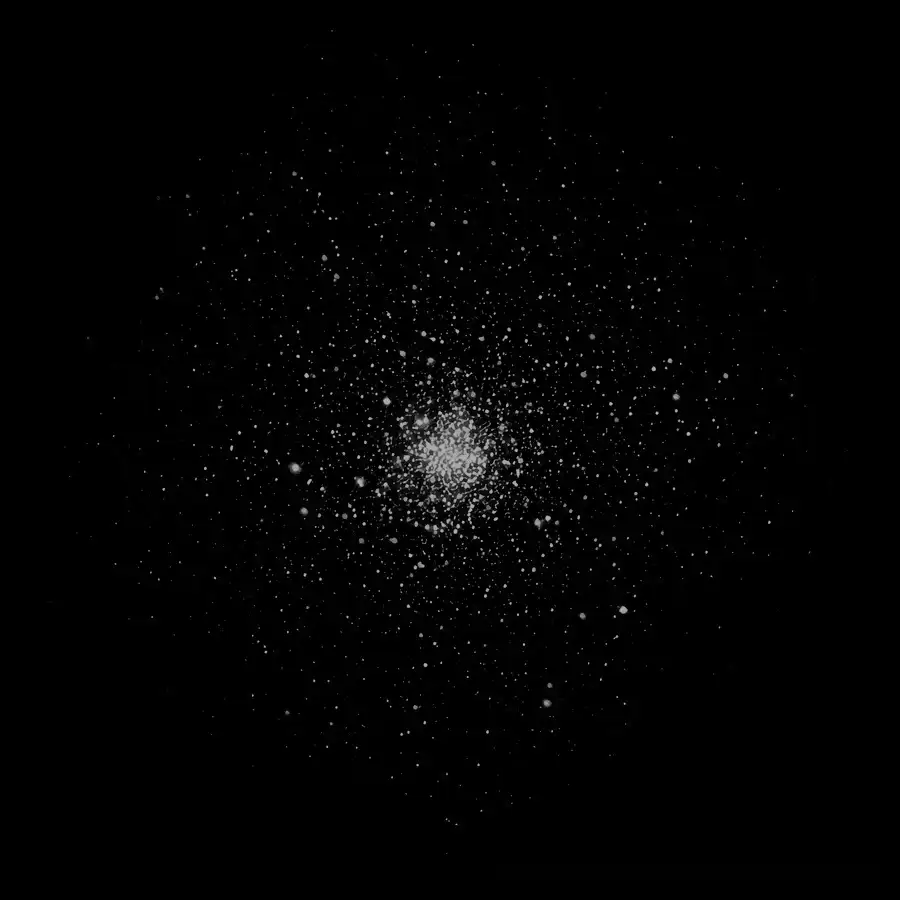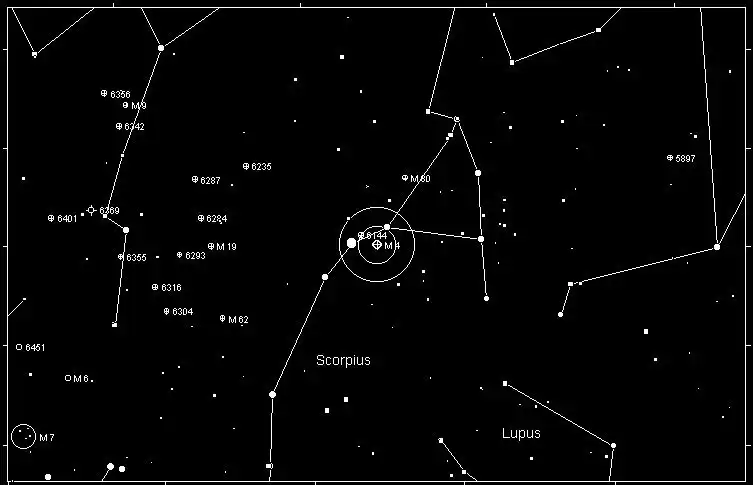Messier 4, or M4, is a striking globular cluster located in the constellation Scorpius. It is one of the closest globular clusters to Earth and can be easily observed with small telescopes or even binoculars under the right conditions. Discovered by French astronomer Philippe Loys de Chéseaux in 1746 and later added to Charles Messier's catalog, M4 has fascinated astronomers and stargazers for centuries.
Description and Magnitude
Messier 4 is a spherical collection of stars bound together by gravity, classified as a globular cluster. Located approximately 7,200 light-years from Earth, it spans about 75 light-years across. Its visual magnitude is +5.9, making it one of the brighter globular clusters visible from Earth. Under dark skies, M4 can even be spotted with the naked eye as a faint smudge of light. With a small telescope, the cluster reveals a dense core with a sprinkling of individual stars, and larger instruments can resolve the central "bar" of stars—a unique feature of M4.

Season it is Prominent
Messier 4 is most prominently visible during the late spring and summer months in the Northern Hemisphere, particularly from May to September. The best time to observe M4 is when the constellation Scorpius is high in the sky, just after twilight.
Constellation and Location
M4 resides in the constellation Scorpius, near the bright star Antares, the "heart" of the scorpion. Scorpius is a prominent summer constellation visible in the southern sky and is easily recognizable by its distinctive curved shape. M4 lies about 1.3 degrees west of Antares, making it relatively easy to locate.
How to Find Messier 4
To locate Messier 4, first identify the bright red star Antares in the constellation Scorpius. Once you’ve found Antares, move your telescope or binoculars slightly to the west (about 1.3 degrees), and you should spot a small, hazy patch of light—this is M4. If using a telescope with higher magnification, you will be able to resolve some of the individual stars within the cluster, particularly its central bar structure.
Under optimal conditions, M4 is visible even with binoculars, but using a telescope with an aperture of at least 6 inches will offer a more detailed view.

History
Messier 4 was first discovered by Philippe Loys de Chéseaux in 1746, but it wasn’t until Charles Messier independently observed the cluster in 1764 that it was cataloged as M4. Messier included it in his famous catalog of celestial objects, which was initially intended to help comet hunters avoid confusion with non-comet objects.
Over the years, Messier 4 has been extensively studied. In 1987, astronomers using the Hubble Space Telescope discovered a white dwarf in M4 that is estimated to be about 13 billion years old, making it one of the oldest stars known to humanity. This discovery provided significant insight into the age of globular clusters and the early formation of the Milky Way galaxy.
Conclusion
Messier 4 is a fascinating object for both amateur and professional astronomers. Its brightness, proximity to Earth, and unique central bar of stars make it an interesting target for observation. Located in the constellation Scorpius, it is most visible during the summer months and can be easily located near the bright star Antares. As one of the closest and oldest globular clusters in the sky, M4 continues to be a subject of study and wonder, revealing secrets about the early universe and the formation of galaxies.
